'We live in the world lynching made': How communities face — or hide from — history
Elijah Gaddis grew up in Cabarrus County, North Carolina, outside Charlotte. His family were new, but he felt welcomed. He ran around outside. On Sundays he attended church at Cold Water Lutheran, where the old-timers became like surrogate grandparents.
Years later, Gaddis, then a doctoral student at the University of North Carolina at Chapel Hill, paged through data his undergraduates had collected on lynchings in North Carolina, inspired by the Equal Justice Initiative’s national tally. In 1898, he read, Joe Kizer and Tom Johnson had been lynched near a church. Cold Water Lutheran. In Cabarrus County.
“It made me sick to my stomach,” he said.
Gaddis, who is white, knew a map of racist violence lay under the South. His project found 173 people had been lynched in North Carolina; the Equal Justice Initiative has found close to 4,100 instances of racial terror lynching in the South.
“We are living in a graveyard,” he said. He is now a professor at Auburn University in Alabama.
America has not fully reckoned with these racial murders, EJI says. Since 2015, the organization has supported communities to create remembrance projects. These projects document and mark lynchings, and lead public conversations about the victims and the ramifications today. More than 65 memorial plaques have gone up, according to EJI’s website.
“Only when we concretize the experience through discourse, memorials, monuments and other acts of reconciliation can we overcome the shadows cast by these grievous events,” EJI director Bryan Stevenson wrote.
In Fayetteville, North Carolina, the River Jordan Council on African American Heritage has started that process. In Cabarrus County, they’re not there yet.
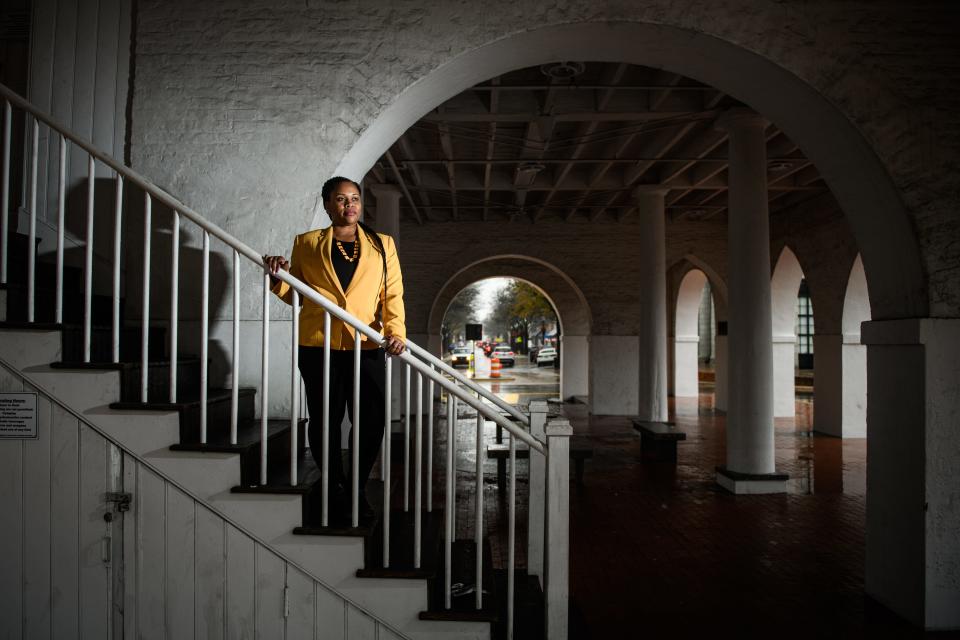
‘The Hartsell murder’
In Cabarrus County, the lynching of Kizer and Johnson is remembered as the murder of Emma Hartsell. She was the white 12-year-old whose May 29, 1898, murder sparked two more. The slender files in the library and historical society are under her name. She’s the heroine of a saccharine poem that became a ballad and warns parents not to leave their children alone.
Hartsell stayed home from church that day to watch her sick baby sibling. Her parents found her throat slit and neck broken; she’d been raped, according to contemporaneous news reports, materials provided by the county library and Gaddis’ new book, “Gruesome Looking Objects.”
“They kind of went looking for the first person they could blame it on,” said Vickey Cline, retired administrator of the Eastern Cabarrus Historical Society. “It got really bad, really quick.”
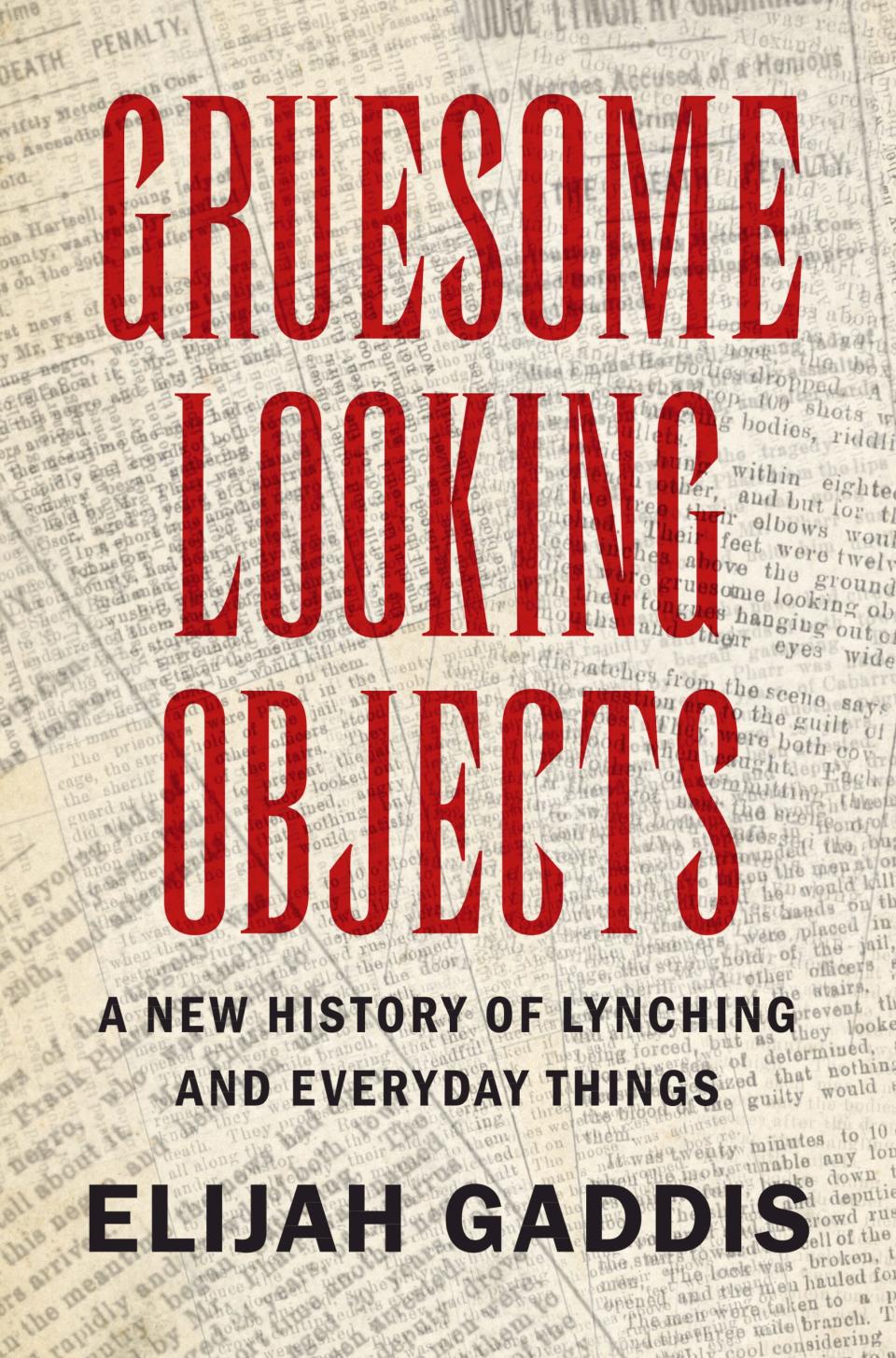
A mob seized Johnson, 20, a laborer. Kizer was 24 and a tenant farmer nearby. He had on his Sunday go-to-meeting clothes and was apparently on his way to report the crime when he was arrested.
The promise of justice through the system — a system that would almost definitely have convicted Kizer and Johnson no matter what — was too faint for the mob yelling outside the jail. The night of Hartsell’s murder, they broke in, abducted the men and dragged them to the dogwood tree outside Cold Water Lutheran. There the mob hung Kizer and Johnson, then shot them several hundred times.
The Lexington Dispatch headlined its article “Judge Lynch at Cabarrus.”
An enormous share of the public was complicit in the lynching. The mob included an estimated 2,000 people. The town numbered about 7,900, according to a town history. More people came afterwards to strip gruesome “relics” from the bodies and the scene, shredding the men’s clothing and chopping branches. Johnson was wearing a new pair of suspenders when he was hanged, and “not more than six inches of them were on him” afterwards, the Charlotte Observer reported, as per Gaddis’ book.
It was a perversion of burial, Gaddis wrote, “sacrilege rather than sacrament.”

Gaddis had to imagine that at least some of the elders at his childhood church had these items in a back closet somewhere. Maybe the possessors didn’t know what they were anymore.
“After the 1930s, people wanted to forget,” Cline said. “White people are the authorities, and the authorities wanted it forgotten. It didn’t reflect well on your community, that you had lynched people.”
Not that racial terror had stopped. Cline’s father came home from work with KKK recruitment flyers, she said.
Cline has spent all her 70 years in Cabarrus County, and she volunteered 30 with the local history museum. But she didn’t hear about the lynching until adulthood. “It was certainly not something that was talked about in school,” she said.
Even today, she didn’t have a lot of hope that Cabarrus County would memorialize the wrongdoing. “I’m sure some states will eventually get a memorial, a generic memorial, for those who were lynched. But I think that’s a long way down the road.”
Amos McClorey, director of the NAACP district that includes Cabarrus County, felt similarly. “They’ve done all they can to try to hide it and not bring it to the forefront,” he said, speaking of the white establishment.
Nonetheless, the Cabarrus chapter has held a couple of preliminary meetings to put up an EJI marker. After COVID delays, “I think we’re ready to start up again,” McClorey said.
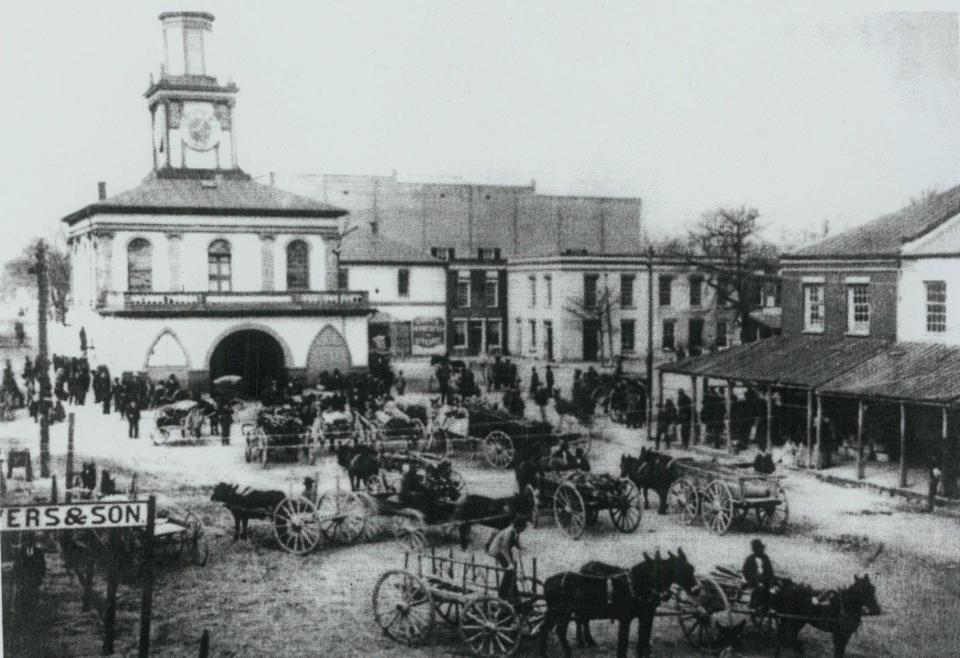
‘Shoot him, shoot him’
The Civil War ended slave sales at Fayetteville’s Market House. But it would become the site of another racist injustice Feb. 11, 1867. That’s when Archibald Beebe had a court hearing on charges he had assaulted a white woman with intent to rape.
This account comes from several articles in the Fayetteville Observer, a letter to President Andrew Johnson and details from descendant Vanessa Moore and local organizer Demetrius Haddock.
Beebe, a drayman, had sought help at the Freedmen’s Bureau. “I didn’t do this,” he told them. He was jailed anyway. His lawyer appears to have been a former Confederate captain, according to a Confederate military website.
After the hearing, the sheriff led Beebe down the Market House steps, into the crowd, by a rope leash tied around Beebe’s thumb. One judge ran from the bench to the balcony and started the crowd hollering “shoot him, shoot him.”
Several local men had already planned to do just that. They chose former Confederate captain William Tolar to pull the trigger. He “was the one who could be counted on not to lose his nerve,” the Observer reported.
Tolar shot Beebe in the back of the head. Then he walked to a doctor’s office and shot back the 1860s version of Xanax.
More:From slave auctions to an execution, the Market House holds a dark role in Fayetteville's past
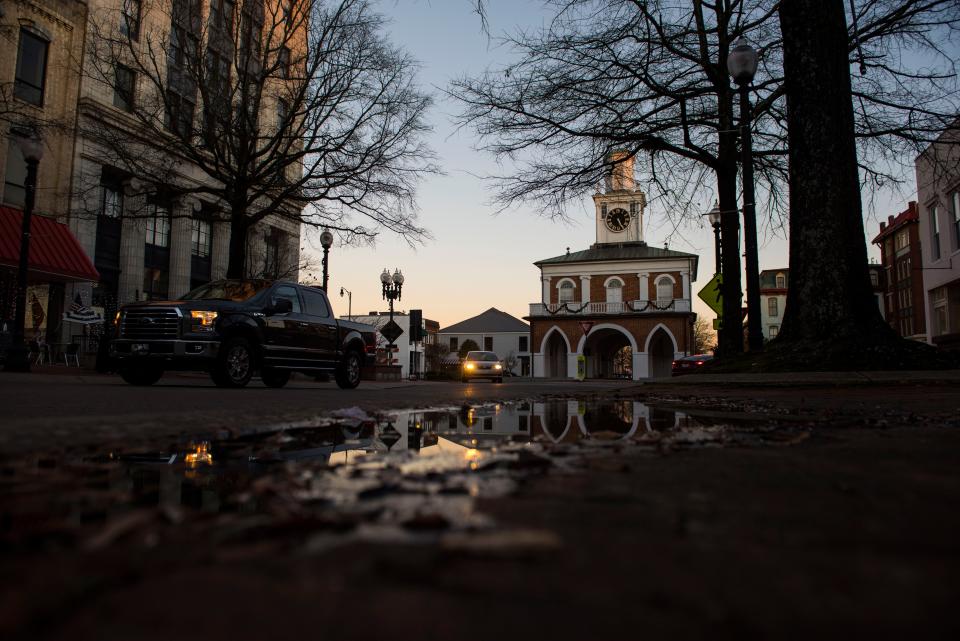
Beebe almost got justice. The coroner’s jury ruled his death came from person or persons unknown — even though a crowd saw it happen. But North Carolina’s Reconstruction military government tried the men who conspired to kill him. Important Black men testified, including some who would help found Fayetteville’s public Black university.
The verdict: three guilty, to be hanged. The trial commission downgraded the sentence to hard labor. President Johnson pardoned them all.
When the boat carrying the pardoned men docked on the Cape Fear River, church bells clanged all over the city. “You are honored,” the Fayetteville Eagle crowed. “The right hand of every true man will receive you and help you on to prosperity and happiness.” Indeed they did. Tolar bought thousands of acres of land. Black chain gangs farmed it for him.
Beebe’s descendants and the River Jordan Council on African American Heritage are sharing the effort to commemorate Beebe with an EJI plaque. The Fayetteville City Council OK’d moving forward in November.
Vanessa Moore had walked by the Market House innumerable times not knowing an ancestor was lynched there. After discovering Beebe, she read the trial transcript — “I couldn’t put it down,” she said — looking for any glimpse of the personality of the man she now calls “Archie.” In the few mentions, she saw echoes of her living relatives: his height, his honor.
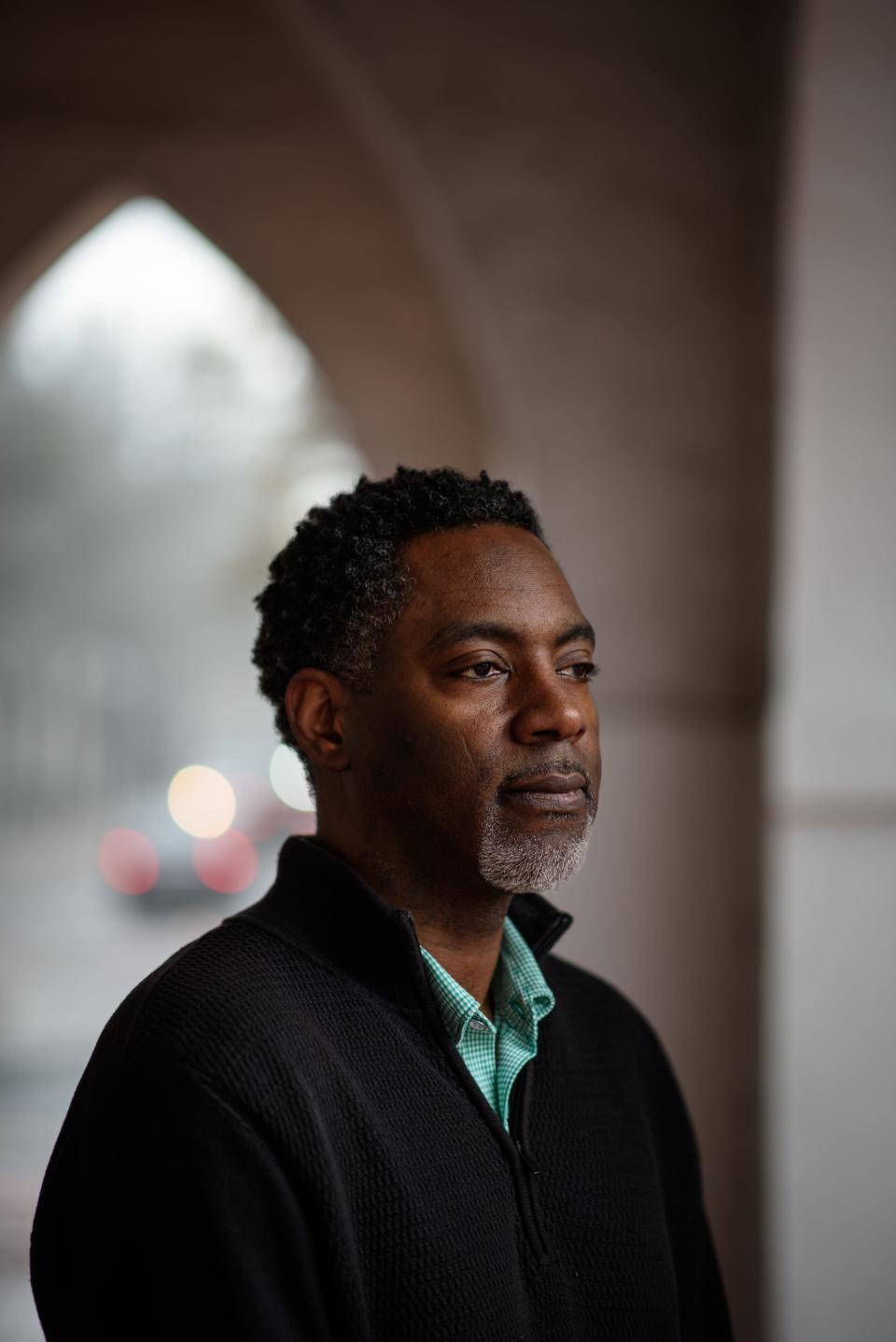
Marking the lynching became a priority in 2020, Haddock said. The killing of George Floyd spurred protests outside the Market House, which had become a landmark and a museum open by appointment. Those in turn sparked a controversy over whether to tear down the building or repurpose it to share its violent past.
Using history to shape the future
An Equal Justice Initiative community remembrance project isn’t only about putting up a plaque or gathering soil to display at the EJI’s Legacy Museum. It’s about bringing a community together to talk about the scars lynching left.
“We live in the world lynching made,” Gaddis wrote.
The goal of the remembrance project is “to foster a healthier living together in community. Which you probably don’t get a lot of in this political climate,” Haddock said. “It’s about truth-telling, having those hard conversations, looking at history and then how do you move forward.”
Racial inequality persists. Extrajudicial killing and vigilante justice remain problems, said Moore, Haddock and Cline. Look at George Floyd, they said. Look at January 6th.
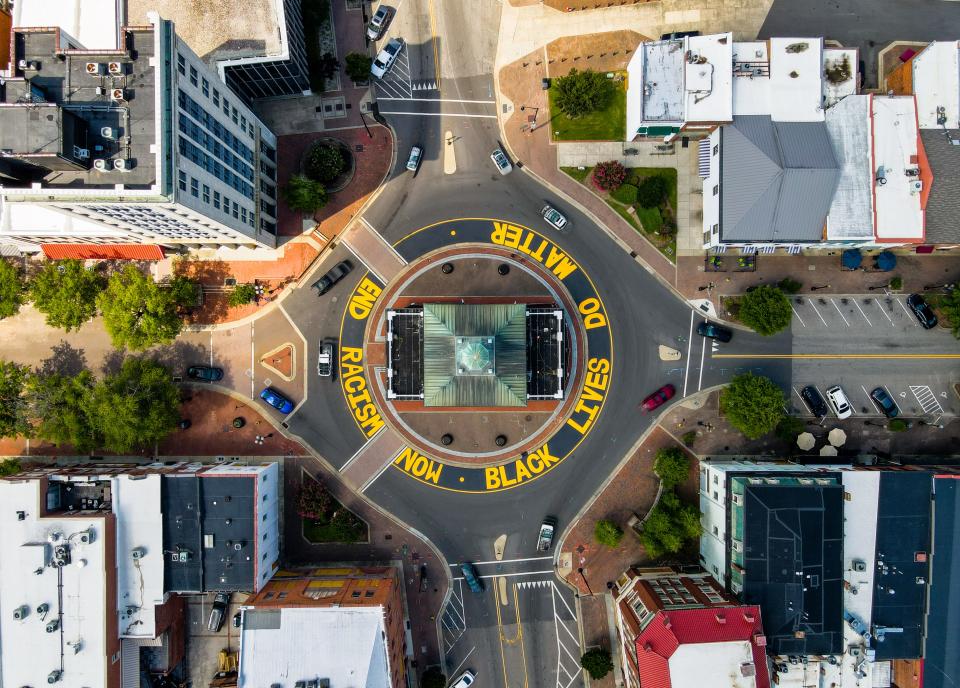
“No one should celebrate lawlessness. Because you never know when it’s going to turn on you,” Haddock said.
For Moore, the goal is also personal. She wants to honor Beebe at her family reunions. To find his grave and perhaps reinter his body in the family cemetery. To grieve for him. To tell his story.
“Just to say that his life mattered. That he had a family,” she said. “Because you don’t see that. Because it was as if no one cared. No one was there for him, there at the Market House. No one defended him. He was denied a trial.”
Danielle Dreilinger is an American South storytelling reporter and the author of the book “The Secret History of Home Economics.” You can reach her at ddreilinger@gannett.com or 919/236-3141.
This article originally appeared on USA TODAY: Southern communities reckon with history of racist lynching

